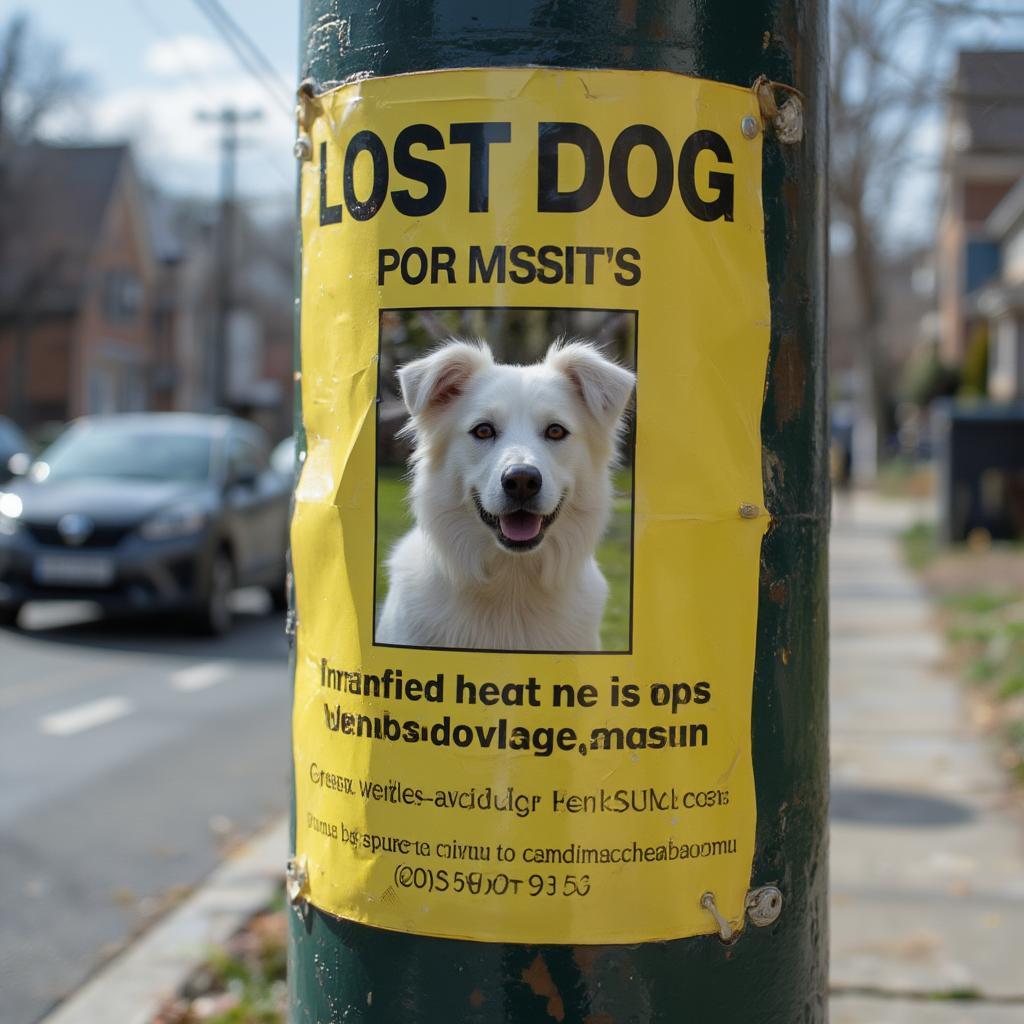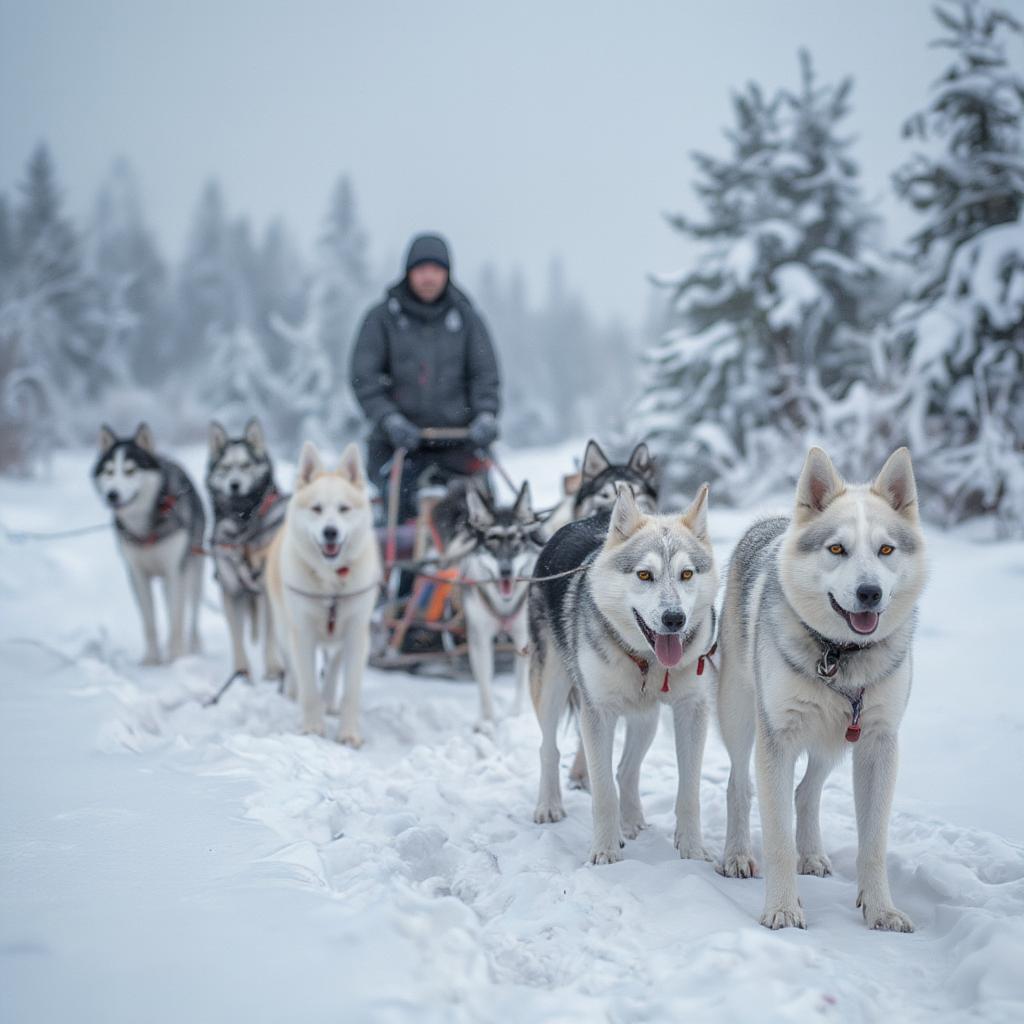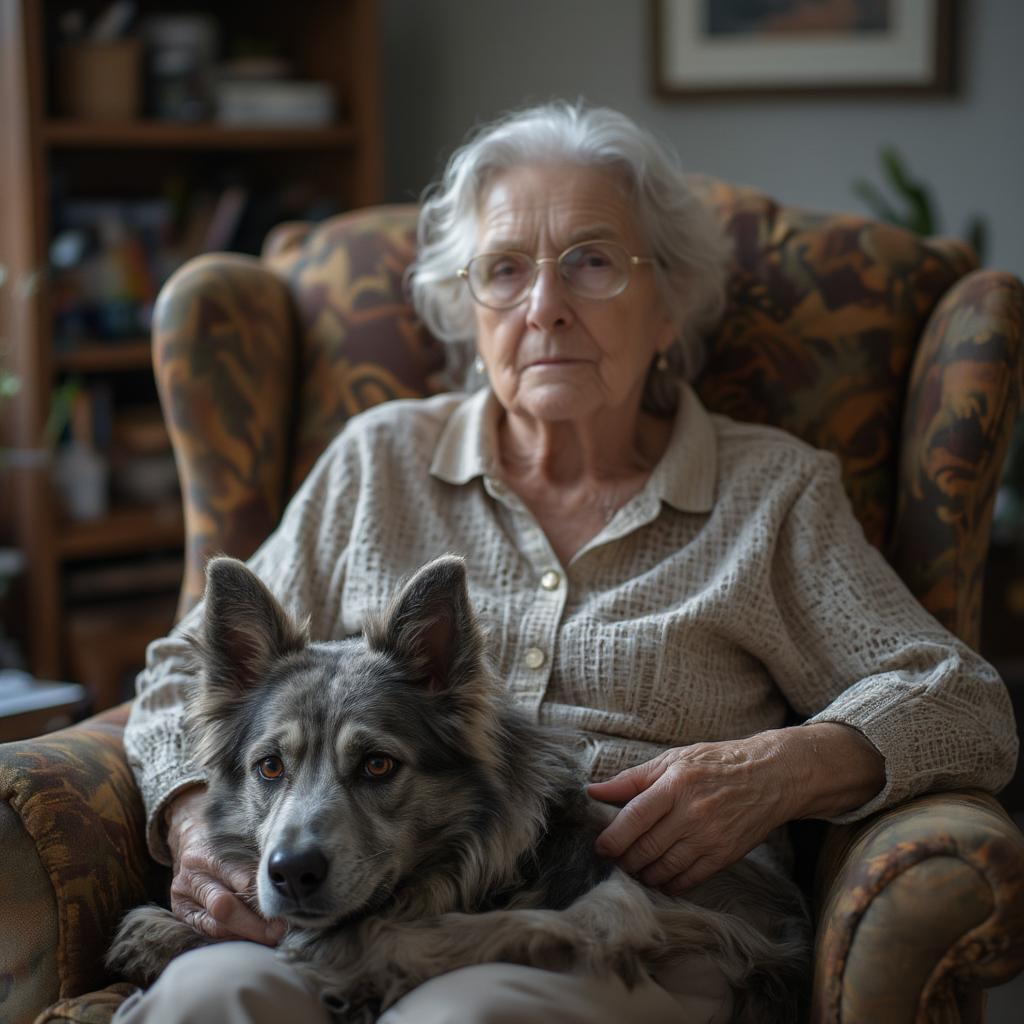The Prodigal Pooch: Understanding and Caring for Your Runaway Dog

Ever heard the term “prodigal son”? Well, what about the “Prodigal Pooch”? We’re diving deep into the world of runaway dogs, why they bolt, and more importantly, how to bring them home safely and prevent it from happening again. This isn’t just about dogs with a penchant for adventure; it’s about understanding the complex reasons behind a dog’s sudden urge to roam and how we, as responsible pet parents, can address those needs.
Sometimes, it feels like our four-legged friends are operating on a different wavelength. One minute, they’re cuddling up, and the next, they’re making a beeline for the horizon. What causes this sudden departure? It’s rarely about malice, but more often about a complex interplay of factors. Let’s explore the common reasons behind a dog’s escapade, ranging from simple curiosity to deeper behavioral issues, and how we can tailor our approach to address them.
Why Do Dogs Become Prodigal Pooches?
Dogs don’t just up and leave on a whim. There’s usually a trigger, or a combination of triggers, that send them on their unplanned journeys. Understanding these catalysts is the first step in preventing future escapes. Here are some common reasons:
- Curiosity and Exploration: Like kids, dogs are curious by nature. A new scent, a rustling leaf, or a distant sound can be enough to send them on an investigation, and before you know it, they’re out of sight. The lure of the unknown is a powerful pull for many pups.
- Lack of Mental and Physical Stimulation: A bored dog is a restless dog. If their daily needs for exercise and mental engagement aren’t being met, they might seek out adventure on their own. This includes lack of interactive play or structured training.
- Fear and Anxiety: Loud noises, thunderstorms, or other stressful situations can trigger a flight response in dogs. They may bolt in a panic, not knowing where they’re going, just trying to get away from whatever’s frightening them.
- Unaltered Dogs and Mating Instincts: This is particularly true for unneutered males. The scent of a female in heat can override all other instincts, leading them to break away in search of a mate, sometimes traveling considerable distances.
- Separation Anxiety: Dogs who suffer from separation anxiety may panic when left alone and try to escape to find their humans. This can manifest in various ways such as excessive barking, pacing, and destructive behavior in addition to attempts at escaping the enclosure.
- Territorial Instincts: Sometimes dogs may escape their yard to protect their perceived territory. They might be following or confronting other animals or people who they see as a threat.
Understanding Breed Specific Traits
While every dog is an individual, breed-specific traits can also play a role. For instance, breeds known for their independence and strong hunting instincts, like Huskies or hounds, may be more prone to wander. Knowing your breed’s tendencies is important in preventing runaway situations.
“Understanding your dog’s breed tendencies is crucial. A Jack Russell, for example, bred to hunt, may be more likely to chase a scent than a more docile breed,” notes Dr. Emily Carter, a canine behaviorist. “It’s not about blame; it’s about proactive management.”
The Importance of Identification and Microchipping
When a dog goes missing, the first step to a happy reunion is clear identification. Ensure your pet has a well-fitting collar with an ID tag. The tag should include your name, address, and phone number. A microchip, which is implanted beneath the skin, is also essential. Unlike collars, microchips are permanent, and cannot be lost or removed. They contain a unique number that can be linked to your contact information via a registry.
- Collar with ID Tag: This provides immediate contact information to anyone who finds your dog.
- Microchip: A permanent identification method that’s activated by a scanner at animal shelters and veterinary clinics.
- Registration: Make sure your microchip is registered with a reputable database and that your contact information is current.
Bringing Your Prodigal Pooch Home: Practical Tips
If your dog has gone missing, quick and decisive action is critical. Here’s a step-by-step guide on how to proceed:
- Search the Immediate Area: Start by thoroughly checking your yard, neighborhood, and surrounding areas. Call their name and use their favorite treat or toy to lure them.
- Contact Local Shelters and Vets: Inform local animal shelters, veterinary clinics, and animal control agencies about your missing dog. Provide a detailed description and photos, if available.
- Post Flyers and Online Notices: Create eye-catching posters with a photo of your dog and clear contact information. Post them in your neighborhood and on social media platforms and lost pet websites.
- Utilize Social Media: Leverage local Facebook groups, Nextdoor, and other social media channels to spread the word about your missing dog.
- Consider Using a Lost Pet Service: There are many professional services that can assist in locating a lost dog.

Prevention: Keeping Your Dog Safe and Sound
Prevention is always better than cure. There are several proactive measures you can take to reduce the risk of your dog becoming a runaway:
- Secure Fencing: Ensure your yard is enclosed by a fence that is tall enough and sturdy enough to prevent your dog from escaping. Check for gaps, holes, or weak spots regularly.
- Leash Training: Always use a leash when walking your dog in public areas. Practice recall commands regularly so your dog responds when called.
- Regular Exercise and Mental Stimulation: Make sure your dog gets plenty of physical activity and mental engagement every day. This includes walks, playtime, training sessions and interactive toys.
- Create a Safe Haven: Provide a safe and comfortable space for your dog inside your home, especially during times of stress, like storms or fireworks.
- Training and Socialization: A well-trained and socialized dog is less likely to roam. Enroll in obedience classes and expose your dog to various environments and people.
- Spaying or Neutering: This will significantly reduce the urge to roam, especially in male dogs.
“Prevention is key. Investing in a secure fence and consistent training are crucial for every dog owner, especially those prone to roaming,” advises Dr. Kenji Tanaka, a veterinarian specializing in behavioral issues. “A tired dog is a happy dog, and a happy dog is a less likely escape artist.”
Understanding Canine Behavior
It’s crucial to remember that sometimes a runaway isn’t about deliberate disobedience. Often, it’s about unmet needs or deeply rooted instincts. Therefore, a holistic approach, including a supportive environment and tailored training, is the best way to address these behaviors.
Addressing Separation Anxiety
If your dog’s escapes seem to stem from separation anxiety, several strategies can help:
- Counter-conditioning: This involves associating being alone with positive experiences, such as treats or toys.
- Desensitization: This is a gradual process of getting your dog used to being alone by starting with very short periods and slowly increasing the time.
- Professional Help: Consult a veterinarian or a certified animal behaviorist for guidance and tailored advice to address separation anxiety. They can provide strategies based on your dog’s specific needs.
- Interactive Toys: Provide engaging puzzle toys and other distractions when you leave. This can keep your dog entertained and less focused on your absence.

A Journey of Understanding and Responsibility
Being a pet parent is a commitment, and part of that commitment is understanding the needs and behaviors of our canine companions. The term “prodigal pooch” might have a touch of whimsy, but the reality of a lost dog is heartbreaking for both the pet and their family. By taking proactive steps, we can create an environment where our dogs feel safe, secure, and happy, reducing the chances of an unwanted solo adventure. A deeper understanding and proactive approach are your best bets at ensuring your furry friend stays close to home.
The journey of caring for a dog is a blend of joy, responsibility, and understanding. While the image of a “prodigal pooch” might evoke a sense of adventure, it also highlights the crucial need for secure environments and proactive training to prevent escapes. By understanding the root causes of a dog’s desire to roam, we can implement strategies to keep them safe and by our side.
FAQ:
What are the most common reasons a dog runs away?
Common reasons include curiosity, lack of stimulation, fear or anxiety, mating instincts for unneutered dogs, separation anxiety, and territorial instincts.
How important is microchipping for a dog?
Microchipping is crucial as a permanent form of identification. Unlike collars, microchips are permanent and linked to your contact information in a registry.
What should I do immediately if my dog goes missing?
Search your immediate surroundings first. Contact local shelters, vets, post flyers and social media notices with clear photos and contact info.
How can I prevent my dog from running away?
Secure your fencing, practice leash training and recall, ensure regular exercise and mental stimulation, provide a safe indoor space, and spay or neuter.
Is it normal for certain breeds to be more prone to running away?
Yes. Breeds with strong hunting instincts or high independence, like Huskies or hounds, can be more prone to wander due to their innate behaviors.
What are the key steps to take if my dog has separation anxiety?
Try counter-conditioning, desensitization, providing interactive toys and consulting a vet or behaviorist for strategies.
Why is training so important in preventing a dog from running away?
Training provides structure, helps your dog understand boundaries, improves recall, and provides mental stimulation. It strengthens your bond, making your dog less likely to wander.




